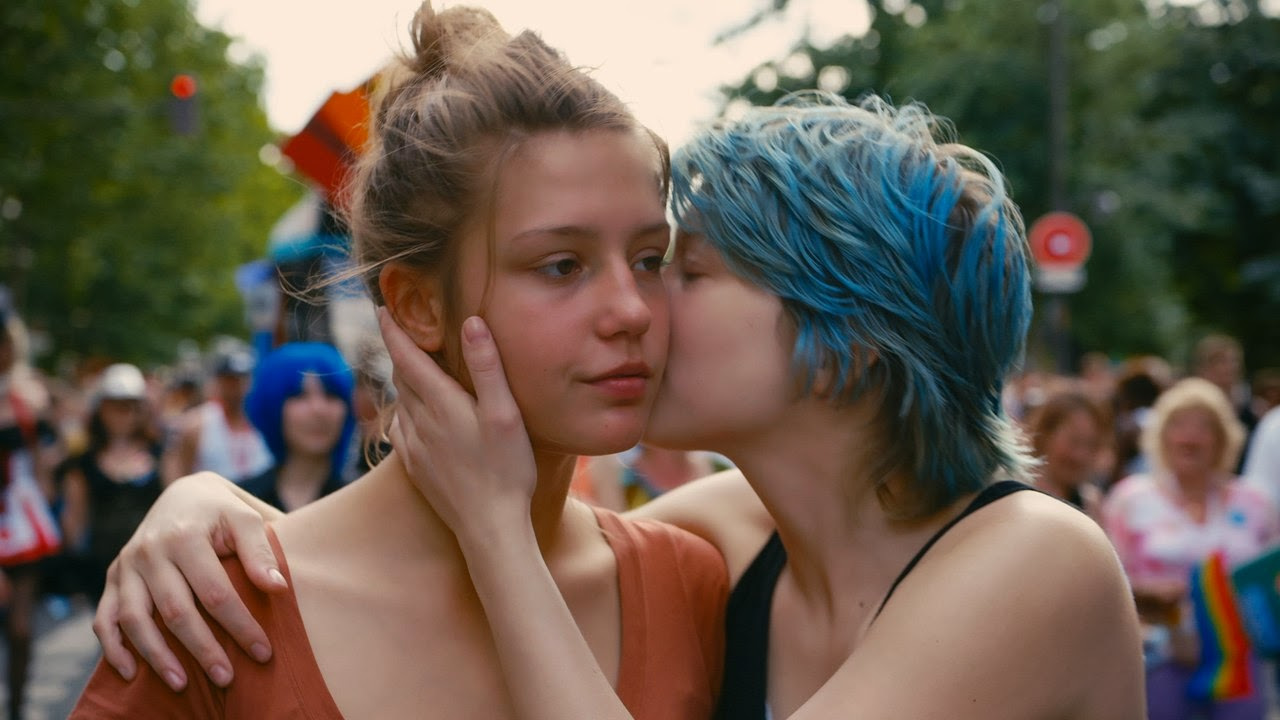In the early 1990s, academic B.Ruby Rich coined the term “New Queer Cinema” in “Sight and Sound” magazine to describe the movement of queer independent filmmaking. The term “queer” was used to include gay, lesbian, bisexual and transgender identities and experiences, along with fluid sexuality and non-traditional understandings of sexuality. The term has evolved with […]
Author: Alexandra Gandra
- Features
- ...
The 10 Best Films of The 21st Century Shot by Female Cinematographers
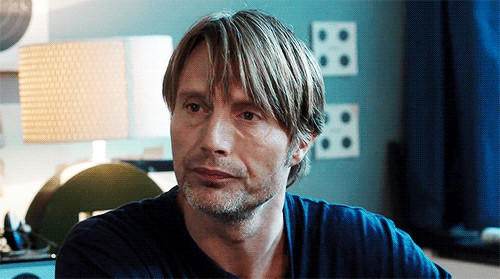
There’s a reason that only 14 of the approximately 350 people in the legendary American Society of Cinematographers are women, but it’s not a very good one. If the business has enough trouble in giving opportunities to women directors, then the trouble gets bigger when it comes to a job that involves a certain physical […]
- Features
- ...
10 Movies from The Past 5 Years Where The Visuals Stand Out
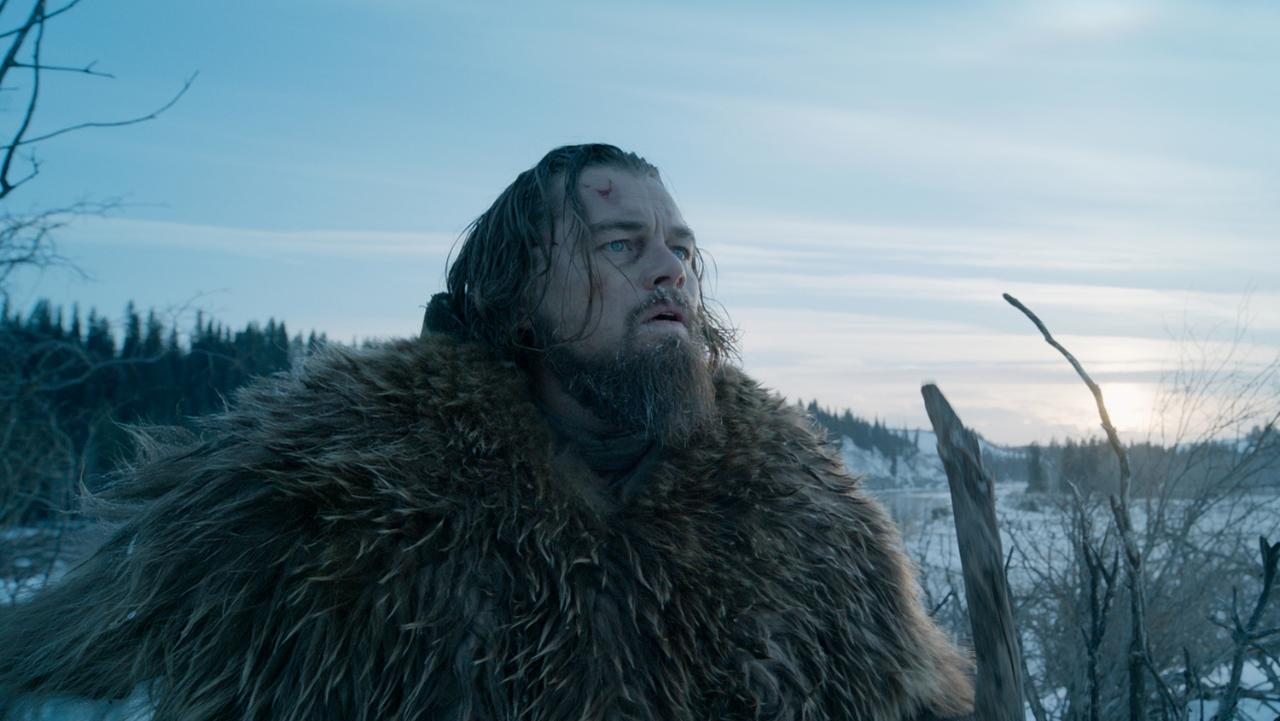
When words fail, visuals speak. That is the case of some of the films listed here, but not all. For some, the fact that its cinematography and overall scenery stand out doesn’t mean that they’re incomplete. It only shows how not too often in the film industry we get to see powerful visual storytelling. Arguably, […]
- Features
- ...
10 Movies of The 21st Century that Should Have Won The Oscar for Best Cinematography
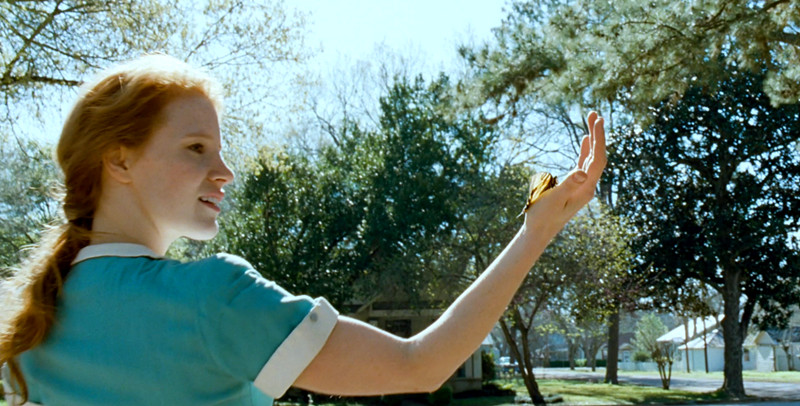
At first, in the initial phase of the Academy Awards, the Oscar for “Best Cinematography” was attributed only to cinematographers, followed by the titles of the work for each nominee in the qualifying period of time. This was immediately regarded as an error, and the category was corrected. In the second year, there wasn’t a […]
- Features
- ...
10 Movies from The 2010s That Are Destined To Be Classics
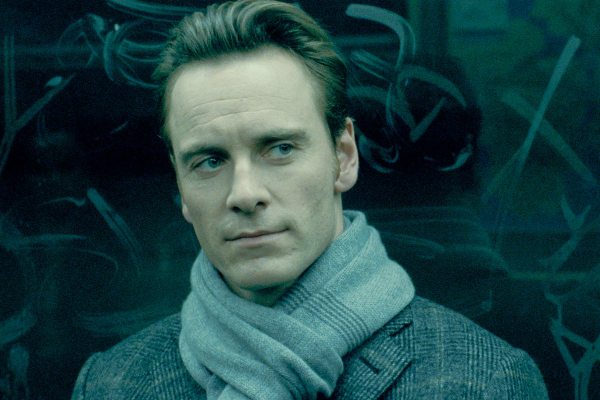
What defines a movie as classic is a familiar discussion to be had by cinema fans. There isn’t an authoritative definition for it, although many institutions have shared their own insight on the matter, making it a fairly personal opinion in today’s postmodern age. However, some points have been made that were coincidental in opinions. […]
- Features
- ...
The 10 Greatest Modern-Day Director-Actor Collaborations
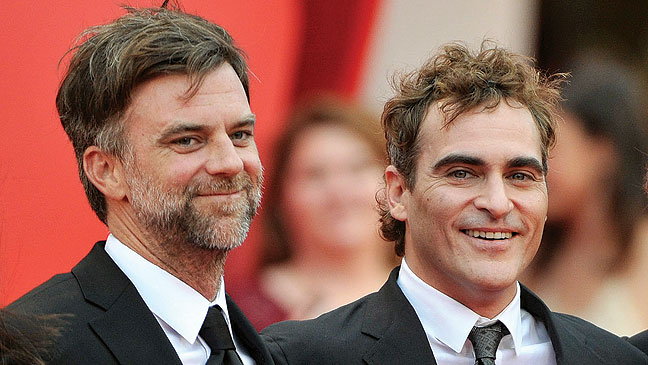
When a good director first meets a talented actor, chances are they might do something amazing together. And if their connection is instant, it might take them to future and plenty more honorable pieces of cinema. The actors are the muses, they inspire the directors just as they inspire and guide them, growing towards achievements […]
